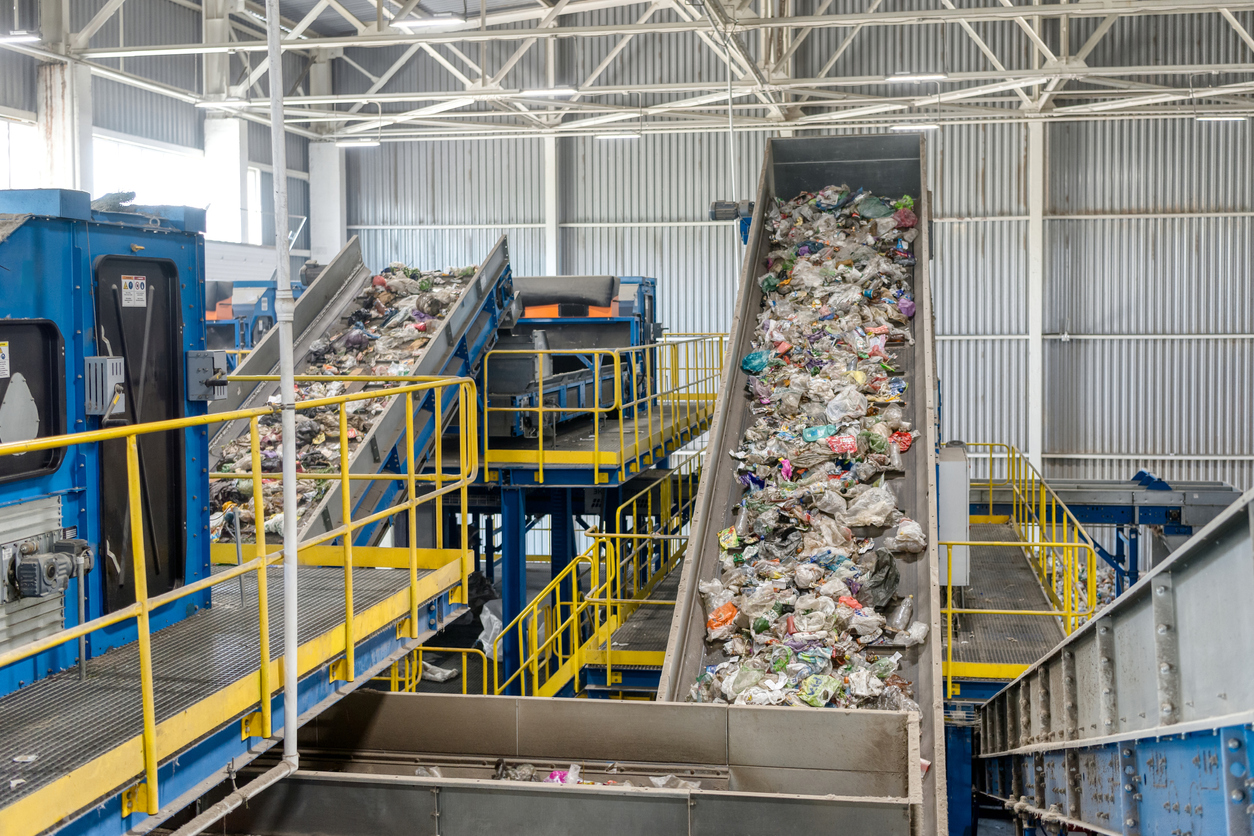
Feb 13, 2024
From your chocolate bar wrapper to the packaging that protects your latest online purchase, flexible plastic is everywhere. But in Canada, only three to four per cent of it gets recycled.
“In many cases it is the ideal package for many different types of products, but we haven’t done a good job of designing it for recyclability or effectively collecting and recycling it,” says Paul Shorthouse, Senior Director with the Canada Plastics Pact (CPP).
He points to how flexible plastic packaging and films often get caught on equipment, float around in the sorting plant, and contaminate other recycling streams. Even when they’re properly sorted, preparing them for recyclers and reclaimers is no small task, with a 750-kilogram bale containing anywhere between 75,000 and 225,000 items.
But perhaps the biggest problem is that flexible packaging often contains multiple layers of different types of plastics and other materials that many recycling facilities can’t easily separate or process.
“We talk about flexibles like it’s one thing, but it’s actually many different things with hundreds of different structures and different resins,” explains Charles David Mathieu-Poulin, Strategic Advisor at the Circular Plastics Taskforce (CPT), a CPP Partner.
That makes it difficult to offer reclaimers a pure, high-quality product, in a market where demand — and prices — are already low.
“It’s a systems problem,” says Shorthouse. “So we needed to bring the whole system of players together to address it.”
In 2023, CPP and the Circular Plastics Taskforce joined forces with key upstream and downstream players to launch PRFLEX (Perfecting the Recycling System for Flexible Plastic Packaging).
The initiative brings together key recycling organizations and packaging industry experts who understand the science of turning recycled resins into new products: CPP, the Circular Plastics Taskforce, the Chemistry Industry Association of Canada, Circular Materials, Éco Entreprises Québec and Recycle BC. It also attracted The Film and Flexibles Recycling Coalition of The Recycling Partnership — a U.S.-based NGO keen to learn from what is happening in Canada.
By working collaboratively, the coalition aims to improve recovery and recycling rates for flexible plastic packaging and films collected from Canadian households. “We realized that working together created a better result than just working independently,” says Shorthouse. “It’s about breaking down some of the silos.”
Over a six-month period in 2023, a research team gathered data to better understand the materials placed on the market, as well as collection and recycling rates across the country. They identified infrastructure gaps in material recovery facilities and recycling facilities, and they assessed European models to learn from global best practices.
In December 2023, the PRFLEX study findings were published, along with nine recommendations on how to improve curbside collection, enhance sorting capabilities, promote easy-to-process packaging and address other systemic issues. PRFLEX also hosted a webinar to discuss the study’s findings, attracting some of the world’s biggest brands and recycling companies.
Now, the group is working with stakeholders to implement their recommendations. Those efforts include running technical workshops to help producers and brand owners redesign for recyclability, piloting improved collection processes, and equipping material recovery facilities and recycling facilities with the latest technologies such as enhanced sensors, robotics, and artificial intelligence.
In the process, they’re creating real solutions to a complex problem. “We want to be a catalyst for change,” says Mathieu-Poulin.
